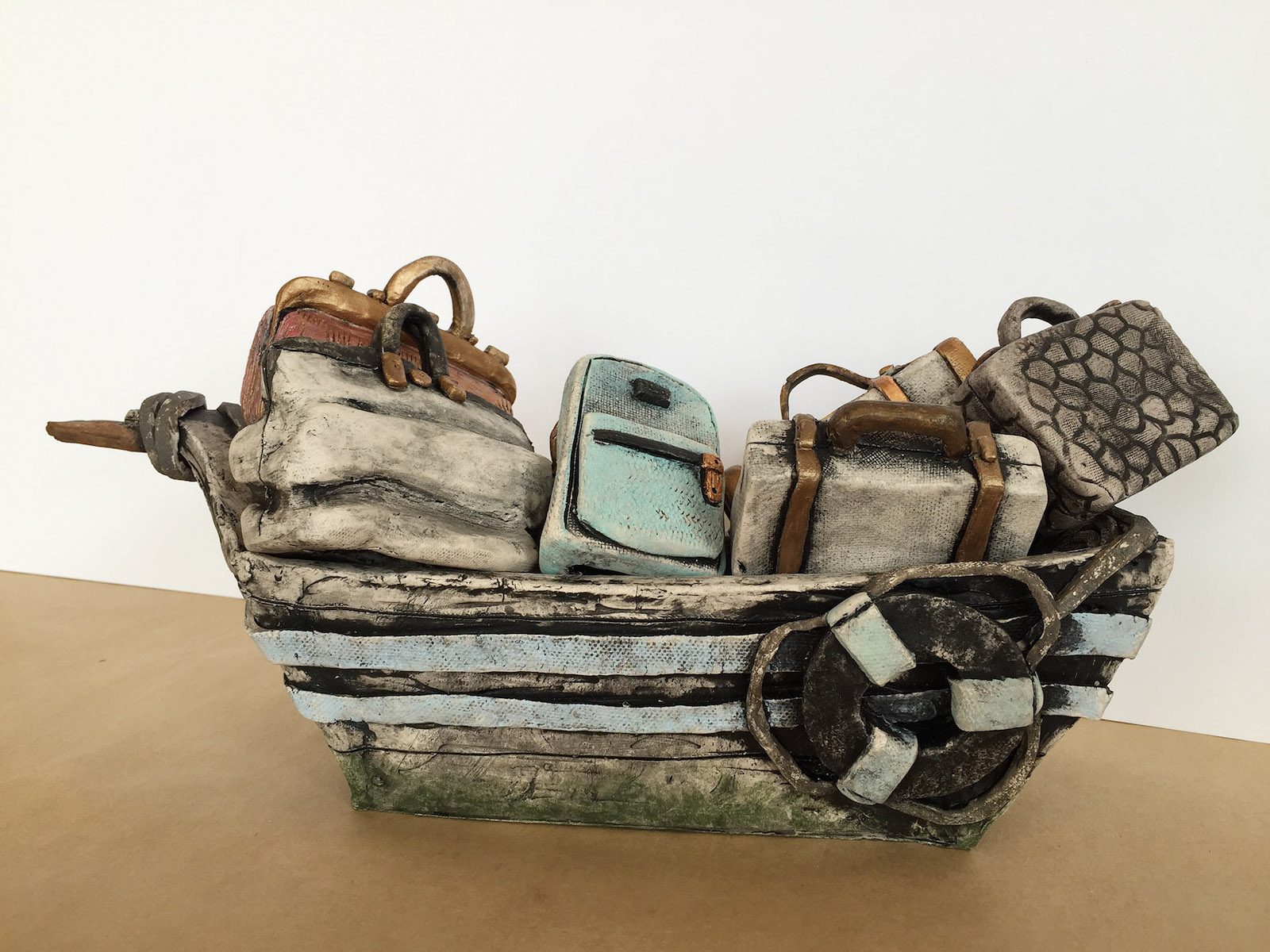Wow, that flip book pulitas, Alyson, looks interesting. Is it search-engine friendly? What does it look like on a phone?
I have been writing my art newsletters since about 1998, about two years after I started using the Internet to sell and show my art. I can say that the more you write, as well as the more you understand what it is you want to accomplish with your art, the easier it all gets.
That being said, I usually spend at least three days JUST creating the newsletter. Thanks to Mailchimp (sadly, I refused to use for years because I worried about protecting the privacy of my subscribers), publishing is easier and fast.
I try to write about subjects that are not just about me. Obviously, I am connected to those subjects by interest, but I do not want a newsletter that just says, “here is my new work, please buy it.”
I always work on the images first. Depending on the topic, that takes a great deal of time…I take lots of images all the time . . . of almost everything. Editing and then formatting takes me a long time. I am also slow and sadly, easily distracted, and getting worse with age.
While going through the images, the theme of the text emerges. Also, I know what art I will introduce in each newsletter, although I change the focus depending on news items that come in time to include them. I try to connect them. Sometimes, I set projects aside to focus on a project that is connected to my art newsletter topic.
I write my text in Word and then create the Web page for it. The newsletter that subscribers get (through Mailchimp) is often truncated with links encouraging my readers to visit the Web page version. This is because my newsletters are image-heavy. I am telling stories after all. I want my illustrations!
Because I am so slow, I tend to edit myself as I go along. I should get an editor, but I cannot seem to really want one. However, I view my newsletter in several different formats along the process and it is not unlike holding your painting in front of the mirror to evaluate the shapes in reverse to check your design.
I later use the newsletter content in one or more blog posts at least a day later. I do this because I know that there is some overlap in subscribers, but mostly as a marketing tool to get more mileage out of my writings and images.
Also, my blog posts are set up to automatically post to my Facebook pages (business and personal), Twitter, and LinkedIn (the latter two I am hardly active with other than this). So, by publishing my blog entries on different days and different times of days, I hope to increase my audience.
Also, as Alyson does, sometimes I will find ways to link from one newsletter to another. Most of my newsletters stay on my site permanently. They continue to find readers who never knew they were looking for me . . . all because I wrote about a topic of interest to them. Now, off to publish another in a few hours. Thank you for this post!
